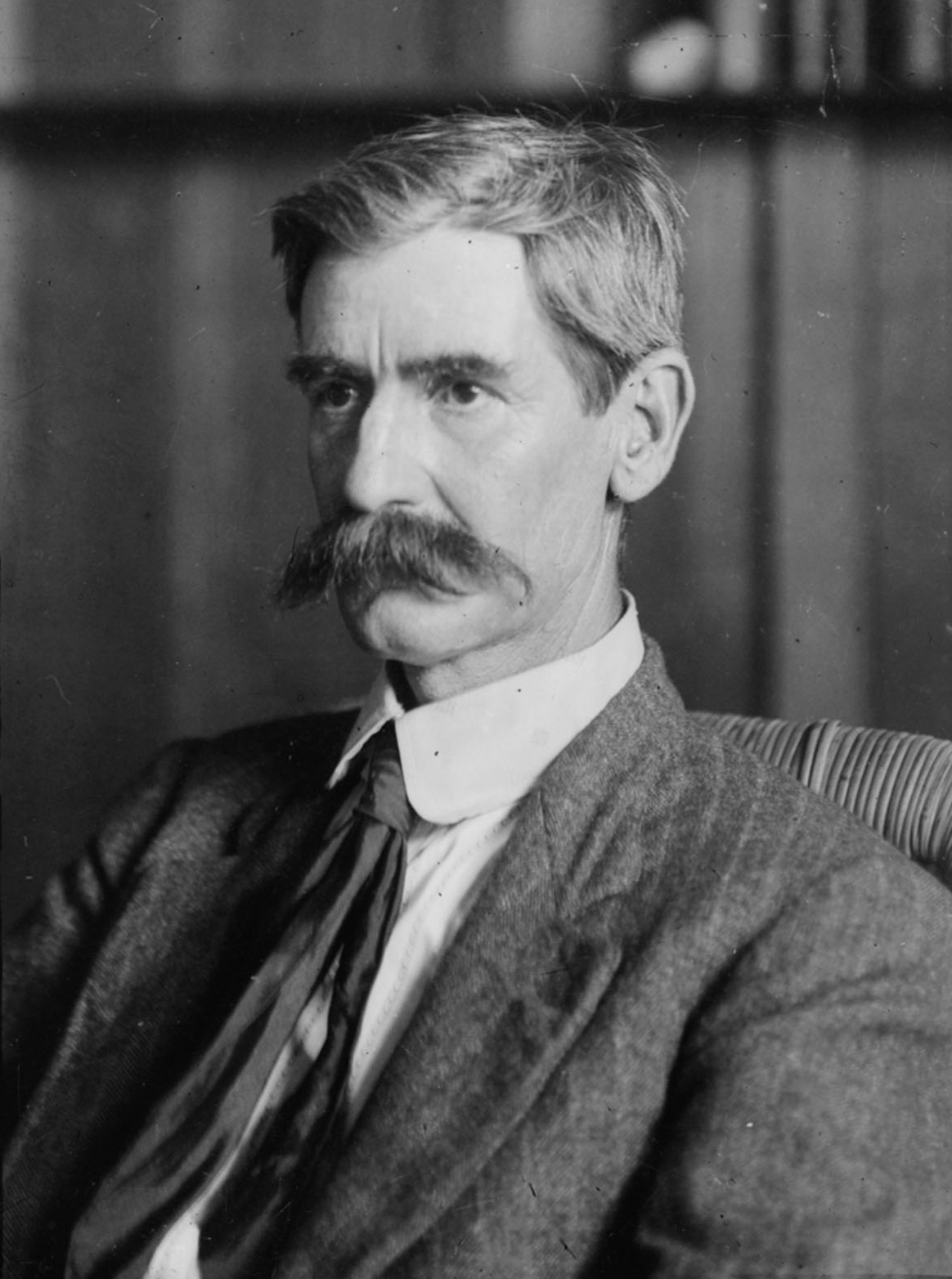Lawson, Henry (1867-1922), a short-story writer and poet, is one of Australia’s most famous and popular writers. His portrait appeared on Australia’s 10-dollar note from 1966 to 1993. Lawson wrote of the struggles of people in both the country and the city. He could write about the hard life in the bush because of the poverty and back-breaking labor he had experienced on his family’s farm and during his travels as a swagman (tramp). The bush is the name for Australia’s remote countryside. After moving to Sydney with his mother in 1883, he continued to struggle to make a living. He was a realist, a champion of the underprivileged, and a believer in mateship—the need to help others and to ensure equal opportunity for all.

During his lifetime, Lawson was best known for his poetry, which was highly popular. Since his death, however, his poems have been criticized for sentimentality, trite language, and clumsy use of meter and rhythm. Lawson’s ballads ignore narrative in favor of character description and personal comment. Lawson’s real genius shows in his short stories. His prose has freshness because of his use of an everyday style rather than the more formal style of his time. Lawson wrote forcefully about his own experiences and first-hand observations. His technique was masterly, his style economical, and his sincerity clear.
Lawson’s deep feeling for the people of the outback is illustrated in stories such as “The Drover’s Wife” and “Water Them Geraniums,” in which Lawson immortalized the courage, endurance, and hard work of the bush women of his time. The outback is Australia’s rural interior. His stories generally are short and are often told in the first person. The stories contain the same humor and sentiments that are found in Lawson’s verse, with even more emphasis on the concept of mateship. Lawson was not greatly concerned with plot but developed his themes through his characters. Of his few purely funny stories, “The Loaded Dog” is the most famous. Lawson’s mastery of the short-story technique influenced other short-story writers.
Henry Archibald Lawson was born on June 17, 1867, in the gold fields near Grenfell, in New South Wales. He was the son of a Norwegian sailor-turned-gold miner and later, farmer. The family name was originally Larsen. His mother became an active worker for women’s rights, and after moving to Sydney in 1883, she started the women’s magazine The Dawn. Lawson had an unhappy childhood, because his family was poor and his parents frequently quarreled. He also becamed partially deaf as a boy and never recovered his hearing. He received a limited education, leaving school early to work on the family farm. He later tried, but failed, to enter the University of Sydney.
Beginning in 1887, Lawson contributed stories and verses to The Bulletin, a popular Sydney magazine. During 1892, he carried his swag (tramped) from Bourke to Hungerford, and the following year, worked in New Zealand. In 1894, his mother’s press published his first book, Short Stories in Prose and Verse. Some of his best work was in the poetry collection In the Days When the World Was Wide and Other Verses (1896) and the short story collection While the Billy Boils (1896). Later story collections include Joe Wilson and His Mates (1901), The Country I Come From (1901), Children of the Bush (1902), and Triangles of Life and Other Stories (1913).
Lawson was married in 1896. He became separated from his wife in 1902, after returning to Sydney from an unhappy, homesick period in London, where he had tried unsuccessfully to establish himself as a writer. The final years of Lawson’s life were difficult because of poverty, ill health, and heavy drinking. He died on Sept. 22, 1922.
